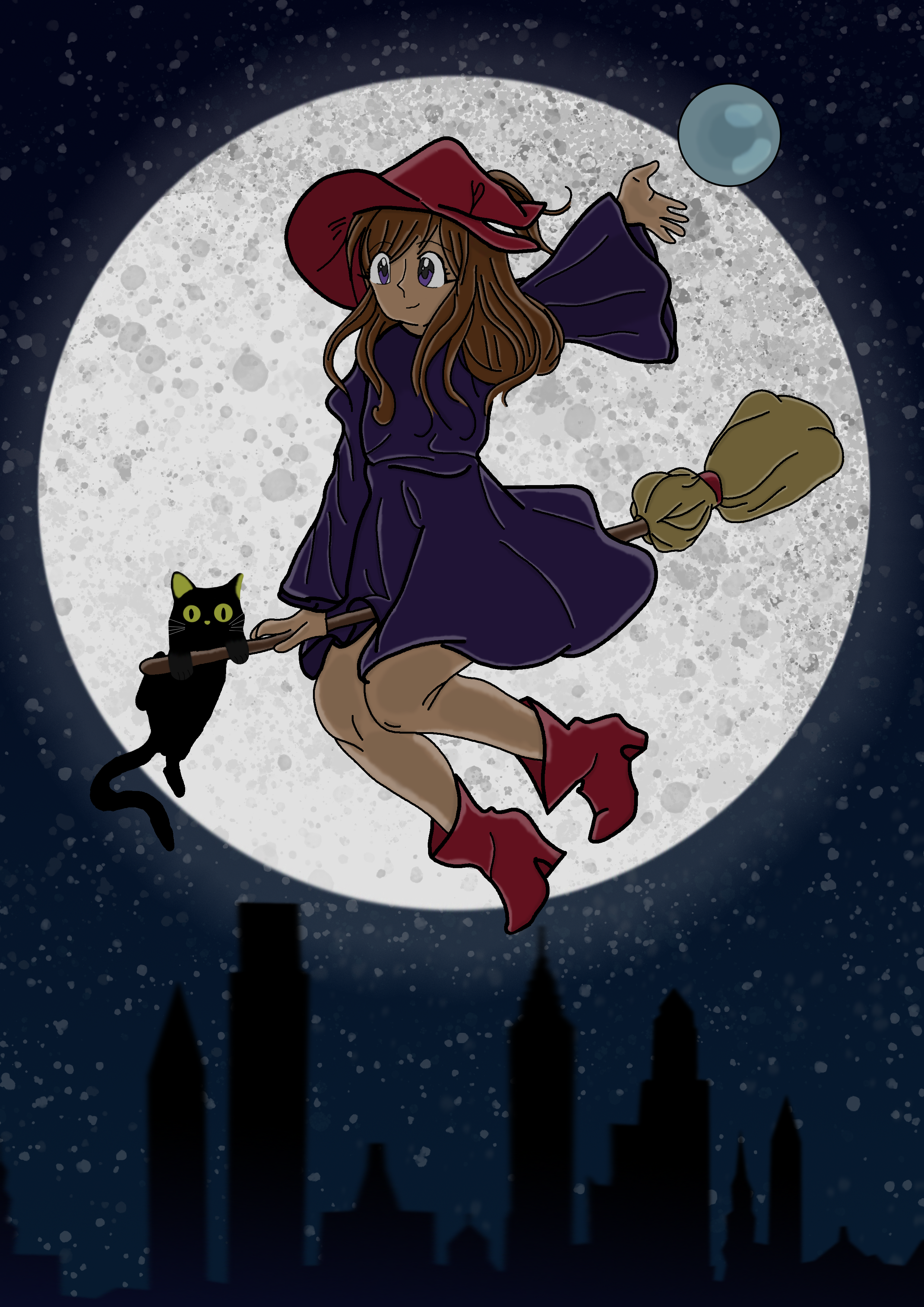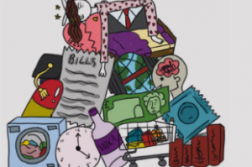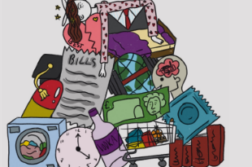Tudor and Stuart anxieties regarding witchcraft and the resulting steep rise in accusations against alleged ‘witches’ could be seen as one of history’s biggest conspiracy theories, with witchcraft being used as a catalyst to justify institutionalised misogyny. When thinking of a witch, almost certainly the stereotypical image of an older, sinister-looking lady comes to mind. Rarely would one immediately associate witchcraft with a man, showing how this idea of only women being witches has stood the test of time and is still being presented in many aspects of pop culture and permeating the minds of many. Upon looking at cases of accusations across Europe, 80% of witches were likely to be women, and in England a figure nearer 90% is likely, showing the gender imbalance of the accusations. Men were still accused of witchcraft, such as John Salmond, who had a career as a known witch which spanned twenty-seven years, but they still only made up a small amount, leading us to think… maybe this was all just one big conspiracy?
There is definitely substance to the idea of this being a conspiracy established by men to enable them assert dominance over women, especially when taking into account context. The scapegoating of women as witches was possible and became effective only because there still existed in late medieval and post-Reformation Europe a powerful framework of demeaning beliefs regarding women. Certain scripture was very hostile towards women, shown by the examples of the Malleus Maleficarum of 1486 and A Treatise of Witchcraft, which were unsurprisingly written by men. It was also widely believed, having been derived from the means of their creation, that women were extremely frail as, according to the Bible, woman was made from the rib of a man. It was precisely because of such ‘feminine weaknesses’ and frailty, as presented in scripture and promoted by the church, that the Devil was believed to seek out women to be his agents and helpers. Additionally, the fact that England was under female rule, first by Mary I and then by Elizabeth I, also added to anxieties regarding female capability, power and authority that challenged the status quo. As a result, those who constructed the stereotypical witch image could easily capitalise upon the moral panics of the time, thus making the possible conspiracy a tough one to challenge in the contemporary context.
Accusations were also something engaged in within the female sphere itself, giving women something to manipulate against other female opponents to assert their own power in this male-dominated society. Therefore, the possible conspiracy was perhaps one fuelled by women themselves, and not an attack from misogynists. In addition, poor, elderly women were frequently conflated with witchcraft due to their begging for charity, and consequently viewed as disruptive and suspicious by their neighbours. Their alleged ‘ugly’ appearance worsened the accusations, showing how the pressures placed on female appearance hark back to witchcraft just being one big misogynist conspiracy.
There is a clear richness in the history of why women and witchcraft were and still are so interlinked, with many paths leading to the idea that the whole construction was simply a hostile conspiracy theory. The undertones of misogyny within scripture meant there were already foundations laid down for many women’s quick demises, and with religion being such a key pillar and central to society, there was not much of a defense women could use against the hostility that was presented towards their gender. From a modern perspective, this was no doubt a conspiracy with layers of meaning behind it.




